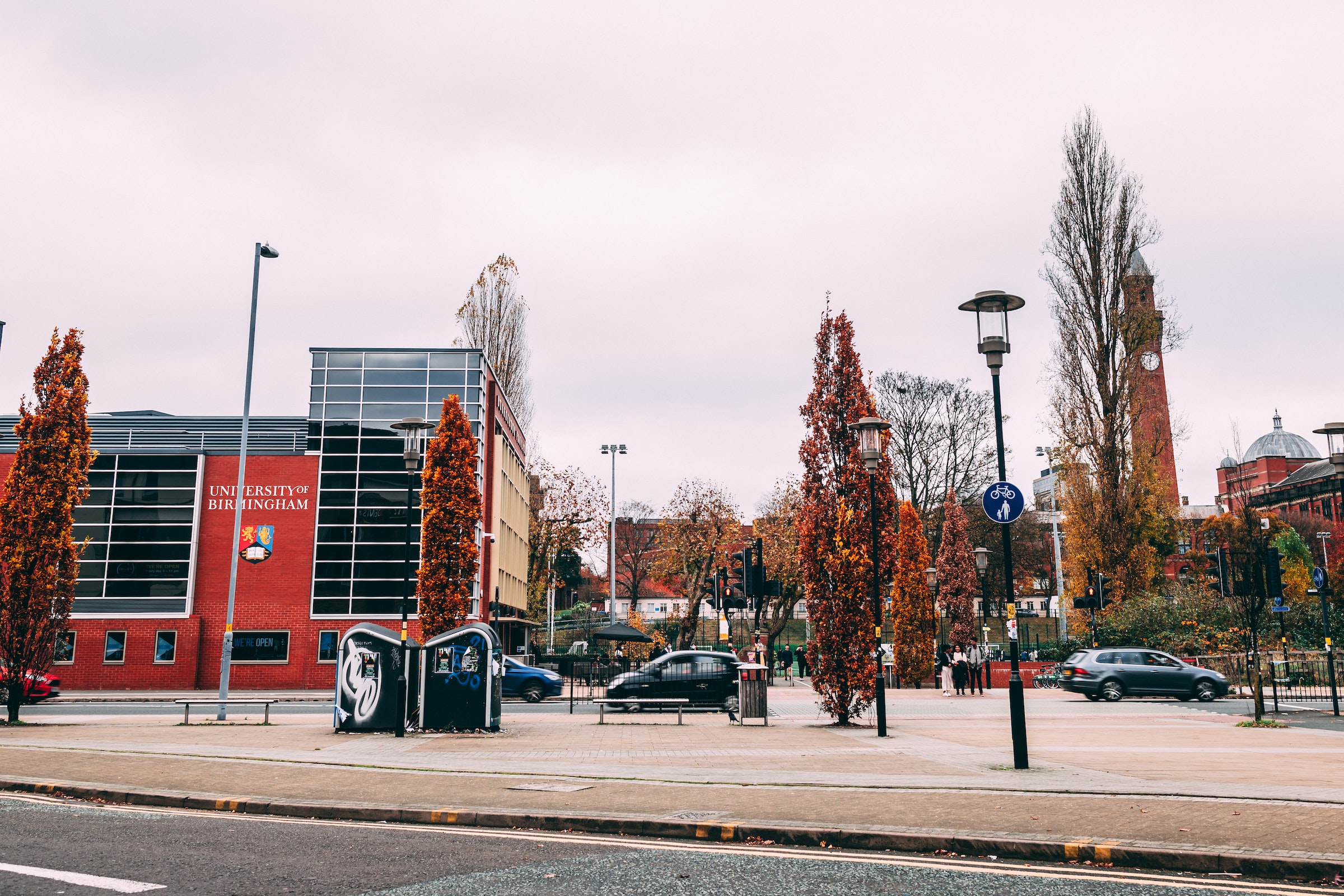
In this week’s Culture Corner, Comment Editor Abby Spreadborough introduces us to an 800+ word book, a piece of poetry and an inverted detective story
A Little Life by Hanya Yanagihara is better described as a tome as opposed to a book. The 814 page masterpiece is not a light bit of leisurely reading best enjoyed with a cocktail in hand at a poolside. Instead, it demands your attention and consumes you whole. I read this book in a whirlwind five-day period and was never the same. I feel that the marker of a great piece of art is whether or not you are still left thinking about it a week, month or even a year later. This is certainly the case for this book. I urged everyone around me to read it although I’m not sure all of them undertook that task given the book’s length and harrowing subject matter. What begins as a somewhat light-hearted
“Her prose is simple but profound, the novel’s genre impossible to pin down between fairy-tale and naturalism
I first read Allen Ginsberg’s ‘Howl’ when I was 14 and I hardly understood a word of it but it struck me. I soon entered into a deep Wikipedia hole searching up every reference and allusion in the poem familiarising myself other members of the Beat Generation and becoming completely obsessed with the obscenity trial that followed the publication of the poem. At an age when poetry seemed like a distant relic from the past we were forced to study, Howl was a blessing and is likely the reason I pursued a degree in English Literature at all. The poems flies off the page with the iconic opening line, ‘I saw the best minds of my generation destroyed by madness, starving hysterical naked.’ At first, it is like a film camera panning out on an image of the city and its people in disarray pausing in private rooms and soaring over the streets, then it presents itself as a modern incantation. This work was the catalyst for me watching every film involving the Beats, grainy videos of Ginsberg interviews and performances from the 60s and 70s and reading classics like Jack Kerouac’s On The Road and lesser-known but utterly brilliant And the Hippos were Boiled in Their Tanks. ‘Howl’ was a revelation and every time I read it, it continues to be.
“I hardly understood a word of it but it struck me
My final bit of culture came to me only a few months ago but I am sure that it will prove to have the staying power of the other works already mentioned. Donna Tartt’s The Secret History focuses on a group of six classics students at an elite New England college who commit a murder whilst participating in a bacchanal in the woods. Each member of the set is exquisitely drawn as excessive, entitled, beautiful yet damned. Tartt is an expert in creating a pervasive atmosphere, at first, summer lazily oozes into autumn before winter feels as though it may never end. Through her imagery and characterisation, she reminded me of Fitzgerald, whilst her plot brilliantly echoed that of Euripides. The ancient Greek god Dionysus hangs over the whole work and especially in lines like ‘beauty is terror. Whatever we call beautiful, we quiver before it.’ Simultaneously the book is decadent, infused with Greek tragedy and often verges upon the Romantic sublime. It not only stays with you bit can complicate and elevate the familiar.
Want to see more of ‘Culture Corner’? Check these out…
Comments